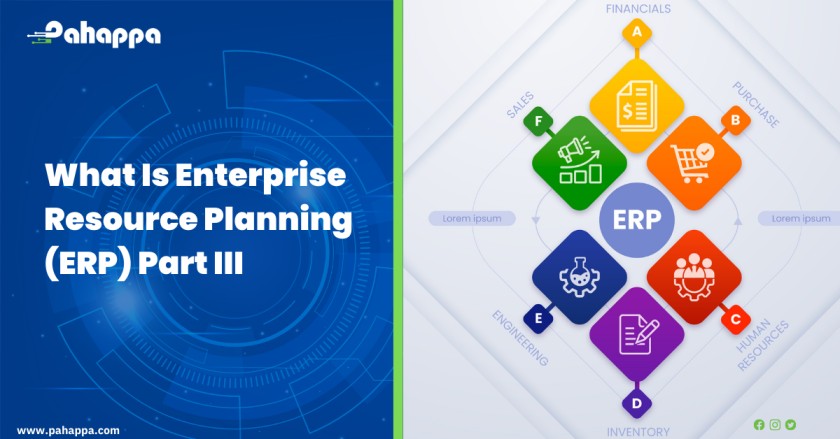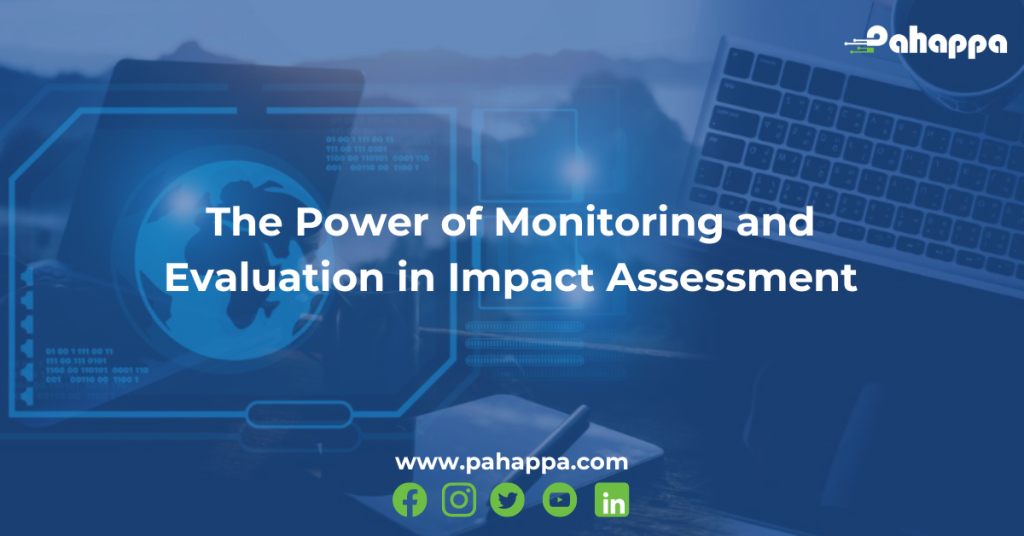From finance to supply chain and human resources, ERP modules are designed to assist with practically all essential business functions.
In the second part, of our ERP series, we looked at how an ERP system works and its benefits. In this article, we shall expound on what an ERP is, coupled with the different modules that make up an enterprise resource planning system.
An ERP system is made up of several different modules tailored for different aspects of a business. The following are some of the most widely used ERP modules within an organization.
Finance. The finance module is at the core of almost every ERP system. The module controls the general ledger and all financial data. It handles financial reporting, and reconciliations and keeps track of every transaction, including accounts payable (AP) and accounts receivable (AR).
Procurement. The procurement module oversees all purchases, including raw materials and finished goods. Requests for quotations and purchase orders can be automated, and when combined with demand planning, it can reduce overbuying and underbuying.
Manufacturing. This module helps businesses coordinate all the processes and steps involved in product manufacturing. The module helps monitor the number of items in progress and those that are finished. This helps ensure that production is in line with demand.
Inventory management. The module displays current inventory levels right down to the SKU level and continuously updates those figures in real time. It also measures key inventory-related metrics. This module is necessary for any business that sells products in order to optimize stock levels, depending on actual and anticipated demand.
Order management. As customer orders arrive from all channels, this program keeps track of them, prioritizes them, and tracks their progress all the way to delivery. The customer experience can be enhanced by an order management module, which can also help shorten fulfillment and shipping times.
Warehouse management. The module manages warehouse operations such as receiving, picking, packing, and shipping. A warehouse management module can help identify more effective ways to carry out these processes, resulting in time and cost savings in the warehouse.
Customer relationship management (CRM) is a widely used module by businesses across several industries. A CRM keeps track of all client correspondence, helps manage leads, and can improve customer service and increase revenue.
Professional services automation (PSA). This module is frequently used by service businesses to plan and track projects, including the time and resources devoted to them. It can facilitate customer billing and promote collaboration among employees engaged in a project.
Workforce management (WFM). The module helps track employee attendance and hours worked and can also handle payroll. Workforce management modules allow you to keep track of staff productivity and absenteeism by department, team, and individual.
Human resources management (HRM) or human capital management (HCM) module is similar to workforce management. It carries detailed employee records with extensive personnel information like performance evaluations, and it can identify trends in the workforce across departments or demographics.
How can an ERP improve or help your business?
ERP systems help businesses pinpoint areas of expansion and improvement. The more employees have access to vital information, the more likely they are to identify issues, such as a spike in demand for a particular product, delayed shipments from a supplier, or an imminent cash flow crisis. Employees can help mitigate the problem.
In general, executives primarily focus on outcomes. They employ data to accomplish goals like improving efficiency, cutting costs, and adapting to shifting consumer demands or market conditions.
Enterprise resource planning software can help automate processes that are prone to error, such as customer billing, account reconciliations, and order processing, while also giving teams the data they need to work more productively.
The true beauty of ERP systems lies in their ability to provide both a high-level overview of the state of the business and in-depth insights into a particular process or KPI. By storing and organizing data, organizations can spot patterns and alert users to anomalies that need further investigation. This can not easily be achieved with a spreadsheet.
Other business upsides:
Access to data from anywhere, anytime: Employees no longer need to dig through droves of documents or files. With an ERP, a salesperson can check inventory while at a customer site, or a warehouse manager can log in from a mobile device while on the work floor.
Information is continuously updated in the ERP system from various departments. As a result, whether a payment is posted, or emails are sent to clients, the information is updated immediately. This offers a significant advantage for decision-makers as the ERP helps them base their decision on current data.
Business decisions are founded on one source of truth. All decision-makers are on the same page thanks to a shared database. Companies have the capacity to schedule and deliver dynamic reports automatically, and there are no redundant or competing sources of information. want more information? Just click the report to access detailed data.
Key takeaways
• ERP is important business software that collects information from several departments into a single database, allowing leaders to track the company’s health using a single source of truth.
• ERP systems integrate critical business functions like human resources, sales and marketing, inventory and order management, customer communication, finance, manufacturing, customer communication, and project management. Detailed analytics and reporting on each department is a key component of ERP systems
• ERP can lead to significant time and money savings by giving company-wide visibility that highlights ineffective manual processes and highlights the potential for growth.
For more insights on ERP solutions Contact Us.











